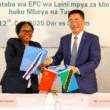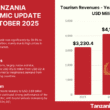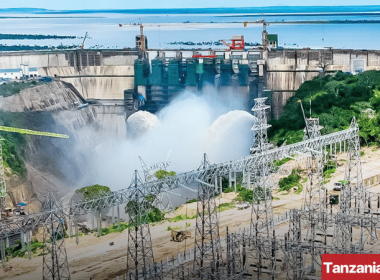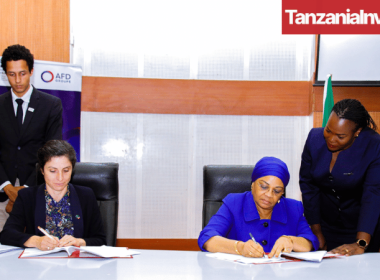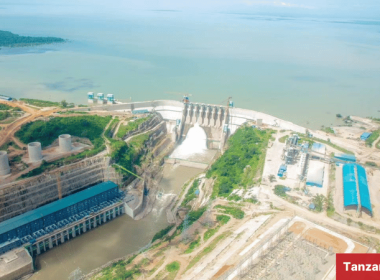Hydropower
The Tanzanian hydropower capacity relies on the country’s vast water resources, which include lakes such as Lake Victoria, Tanganyika, Nyasa, Rukwa, Manyara, Eyasi, and Natroni, as well as rivers and basins across the country.
Hydropower accounts for 31% of Tanzania’s energy mix with 562 MW installed capacity, while estimates of potential additional capacity are as high as 4.7 GW. However, weak transmission infrastructure is considered a significant short-term barrier.
In 2020, the Tanzania Electric Supply Company Limited (TANESCO) awarded two major consultancy contracts for the Rumakali and Ruhudji hydropower and transmission lines projects.
The contracts have been awarded to Multiconsult, a Norwegian engineering consultancy, which will undertake feasibility studies, prepare the conceptual design and tender documents, and conduct environmental and social impact assessment studies.
The 222 MW Rumakali and 358 MW Rhuhudji projects are both located in the Njombe region in the southern highlands of Tanzania and could double the country’s total installed hydropower capacity from 562 MW to 1,142 MW.
The projects are scheduled to start immediately and are planned to be completed by Q3 2021.
In May 2021, the African Development Bank (AfDB) and the Government of Tanzania signed loan agreements totalling USD 140 million to finance the construction of the 50 MW Malagarasi hydropower plant in Western Tanzania.
The funds will be used to construct the plant and an evacuation transmission line, as well as to add 4,250 rural electrification connections, providing reliable renewable energy to households, schools, clinics and small and medium-sized enterprises in the Kigoma Region.
Julius Nyerere Hydropower Station in Tanzania
The project is being financed by a consortium of international development finance institutions (DFIs), including the African Development Bank (AfDB), the European Investment Bank (EIB), the World Bank (WB), the Japan International Cooperation Agency (JICA), and the government of Tanzania.
The total project cost for the Julius Nyerere Hydropower Station is estimated at USD 2.9 billion.
The DFIs are financing a great part of the Julius Nyerere Hydropower Station.
The AfDB is providing USD 338 million, EIB is providing USD 225 million, JICA is providing USD 805 million, WB is providing USD 300 million, and Afreximbank is providing USD 140 million.
The Tanzanian government is financing the remaining portion of the project.
Last Update: 5th March 2023
Sources: African Development Bank (AfDB), Tanzania Electric Supply Company Limited (TANESCO), Tanzania Ministry of Energy.

